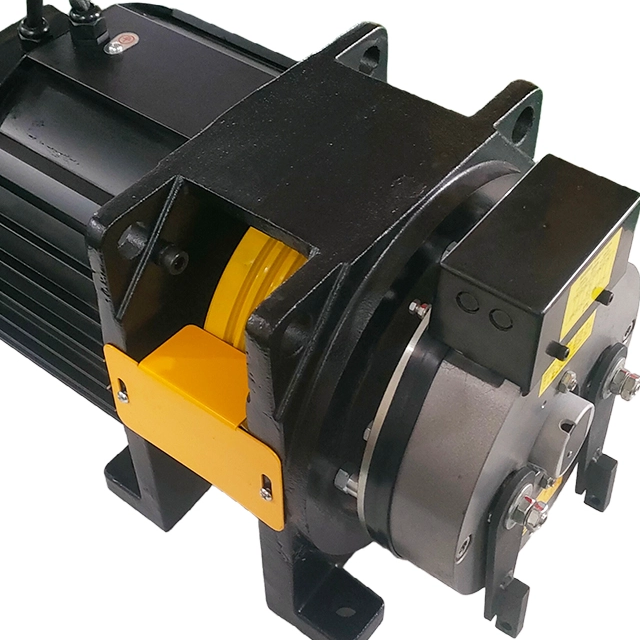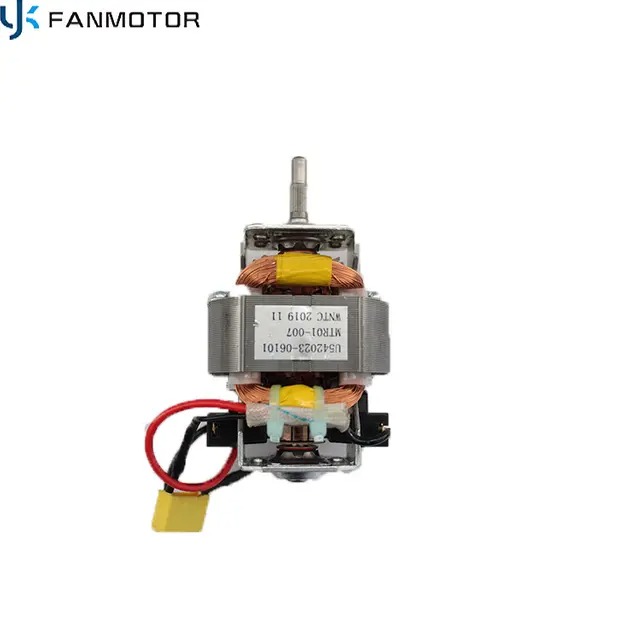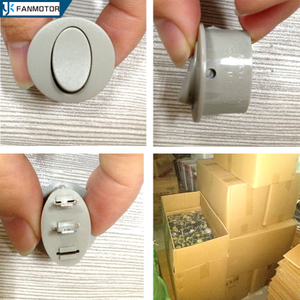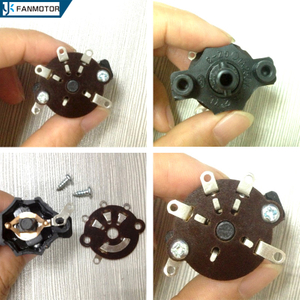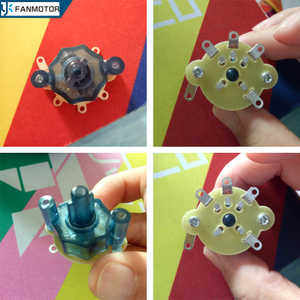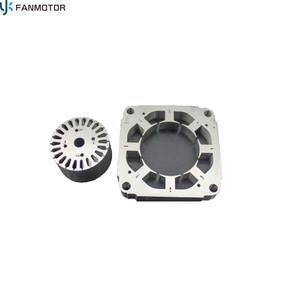Introduction
Elevators are one of the most overlooked yet essential technologies in modern infrastructure. From skyscrapers to shopping malls, they provide seamless vertical transportation for millions of people daily. But behind every smooth ride lies a powerful component—the elevator motor. The motor is the heart of the system, driving the movement of the elevator car, ensuring safety, and optimizing energy efficiency.
The Role of the Elevator Motor in Vertical Transport
At its core, an elevator motor is responsible for moving the elevator car up and down the shaft with precision. Unlike conventional motors that drive wheels or conveyor belts, elevator motors must work in harmony with pulleys, counterweights, control systems, and braking mechanisms. Their design ensures not only power but also control, safety, and efficiency. Without a properly functioning motor, elevators cannot meet critical demands such as load balancing, smooth acceleration, or emergency stopping.
| Function of Elevator Motor | Description | Importance |
| Lifting Force | Provides the mechanical energy to move the elevator car. | Ensures upward/downward motion. |
| Speed Regulation | Maintains consistent velocity during travel. | Prevents jerks and instability. |
| Braking Control | Works with braking system to stop safely. | Protects passengers. |
| Energy Optimization | Minimizes wasted power. | Reduces operational costs. |
Core Principles: How Does an Elevator Motor Work?
Elevator motors operate based on electromagnetic induction, converting electrical energy into mechanical energy. When current flows through the motor windings, a magnetic field is created, which interacts with the rotor to produce torque. This torque drives the hoisting mechanism—whether ropes, pulleys, or direct drives—lifting or lowering the elevator car.
Key operational principles include:
Counterweight balance: Motors don’t lift the entire weight of the car; counterweights balance most of the load, reducing the motor’s workload.
Variable frequency drive (VFD): Modern elevator motors use VFDs to regulate speed, enabling smooth starts and stops.
Feedback sensors: Sensors continuously monitor motor speed and torque, ensuring precision in car positioning.
In essence, the motor is less about brute strength and more about precision control over movement.

Types of Elevator Motors and Their Applications
Different buildings and usage requirements call for different elevator motors. Each type comes with advantages depending on speed, load, and efficiency needs.
1. AC Induction Motors
Widely used in traditional elevators.
Dependable, cost-effective, and relatively simple.
Work best for low to mid-rise buildings.
2. DC Motors
Provide smooth acceleration and deceleration.
Allow easier speed control compared to older AC models.
Require higher maintenance due to brushes and commutators.
3. Gearless Synchronous Motors
Used in high-rise skyscrapers.
Deliver high efficiency and smooth, high-speed performance.
Compact design reduces machine room space requirements.
4. Permanent Magnet Motors
Increasingly popular in energy-efficient systems.
Offer strong torque and reduced power consumption.
Enable machine-room-less (MRL) elevator designs.
| Motor Type | Best For | Advantages | Limitations |
| AC Induction | Low-rise | Affordable, reliable | Less efficient at high speeds |
| DC | Mid-rise | Smooth control | High maintenance |
| Gearless | High-rise | High efficiency, quiet | Expensive installation |
| Permanent Magnet | All types | Energy-saving, compact | Higher initial cost |
The Gear System and Its Relationship with the Motor
An elevator motor rarely works alone; it connects to gear systems that translate motor torque into lifting force.
Geared Traction Elevators: Use a gearbox to adjust motor torque and speed. Ideal for mid-rise buildings, balancing performance and cost.
Gearless Traction Elevators: Motor connects directly to the sheave (pulley). This allows higher speeds and smoother operation, making them standard in skyscrapers.
The choice between geared and gearless motors significantly impacts ride quality, energy consumption, and maintenance costs.
Safety Systems Supported by Elevator Motors
Safety is non-negotiable in vertical transport. Elevator motors integrate with multiple safety systems:
Electromagnetic brakes: Engage when power is cut, preventing uncontrolled descent.
Overspeed governors: Detect if the motor drives the car too fast and trigger brakes.
Emergency power systems: Motors can switch to backup generators to continue operation during outages.
Thermal protection: Sensors prevent overheating of motor windings.
The reliability of the motor is directly linked to passenger safety. Modern designs ensure that failure in the motor does not lead to free fall, thanks to counterweights and braking systems.

Energy Efficiency in Modern Elevator Motors
Elevator motors consume a significant share of building energy, especially in high-traffic skyscrapers. Advances in motor design target sustainability and cost reduction.
Regenerative drives: Convert excess kinetic energy back into electricity when the elevator descends, feeding it into the grid.
Lightweight materials: Reduce the overall load, minimizing energy demand on motors.
Smart motor controls: Predict usage patterns and adjust idle energy consumption.
| Efficiency Feature | Benefit |
| Regenerative drives | Energy returned to building grid |
| VFD control | Smooth speed regulation, less wasted power |
| Compact designs | Require less raw material and space |
These improvements mean that modern elevators are not only faster but also greener.
Real-World Example: Elevator Motor in a Skyscraper
Consider a 70-story skyscraper with thousands of daily passengers. The elevator motor system must:
Operate continuously without overheating.
Provide speeds exceeding 500 meters per minute.
Manage varying passenger loads seamlessly.
Remain whisper-quiet despite immense power output.
Here, gearless synchronous motors with regenerative drives are the gold standard, delivering both speed and sustainability. This example highlights how the right motor selection is mission-critical for efficiency and passenger experience.
Specialized Applications of Elevator Motors
While most elevator motors are designed for general vertical transportation, certain environments require motors tailored to specific needs. In these cases, the elevator motor's design and functionality are adjusted to meet unique operational demands.
Freight Elevators
Freight elevators are crucial in transporting heavy goods, industrial equipment, or bulky materials. These elevators often require motors that can handle heavier loads and operate at slower speeds with high torque to prevent jerking or damage to both goods and the elevator system. The AC induction motor is often favored in such scenarios due to its reliability and ability to handle large, consistent loads over time.
Medical Elevators
Medical elevators, particularly those used in hospitals, need motors that offer smooth and quiet operation, as well as reliability for transporting medical equipment, patients, and hospital staff. In some cases, gearless synchronous motors or permanent magnet motors are used, as they offer high precision, low noise, and energy efficiency. Additionally, safety features like overspeed governors and emergency power systems are critical to ensure the well-being of patients during transport.
Sightseeing Elevators
Sightseeing or panoramic elevators are often found in high-rise buildings, observation towers, and skyscrapers, where the elevator ride itself is part of the attraction. These elevators require motors that ensure smooth, silent operation and high-speed travel while maintaining passenger comfort and safety. Gearless synchronous motors are ideal for such applications due to their efficiency and ability to offer smooth, high-speed travel, making them perfect for the quick, yet quiet rides expected by visitors.
By adjusting the motor type and features, elevator systems can be optimized for these specialized applications, ensuring both efficiency and safety.
Maintenance and Lifespan of Elevator Motors
Even the best elevator motors require proper maintenance. Key practices include:
Regular lubrication of bearings and gears.
Electrical testing of insulation and winding resistance.
Monitoring vibration levels to detect wear early.
Replacing worn brushes in DC motors.
On average, an elevator motor can last 15–25 years depending on usage and upkeep. Proactive maintenance not only extends lifespan but also reduces downtime and unexpected failures.
Conclusion
At the simplest level, they convert electrical energy into mechanical movement, enabling the elevator car to move smoothly and safely. Yet, the story is more complex. From counterweights and gear systems to regenerative drives and advanced safety features, elevator motors embody precision engineering designed to balance efficiency, reliability, and passenger comfort. Whether in a modest apartment building or a towering skyscraper, the right elevator motor is what makes vertical transport possible.
FAQ
1. What is the most common type of elevator motor?
AC induction motors are still the most common in existing low- and medium-rise residential elevators; DC motors are mainly used in older elevators; in new buildings, the proportion of permanent magnet motors is increasing year by year.
2. Do elevator motors run continuously?
No. Elevator motors operate only during car movement. However, auxiliary systems like brakes and controllers remain active.
3. How much power does an elevator motor use?
Depending on size, elevator motors can range from a few kilowatts in small buildings to several hundred kilowatts in skyscrapers.
4. Can elevator motors be upgraded?
Yes. Retrofitting older systems with energy-efficient motors and regenerative drives can drastically reduce operational costs.
5. What happens if the elevator motor fails?
Safety systems like brakes and counterweights prevent free fall, ensuring passenger safety even during motor failure.










